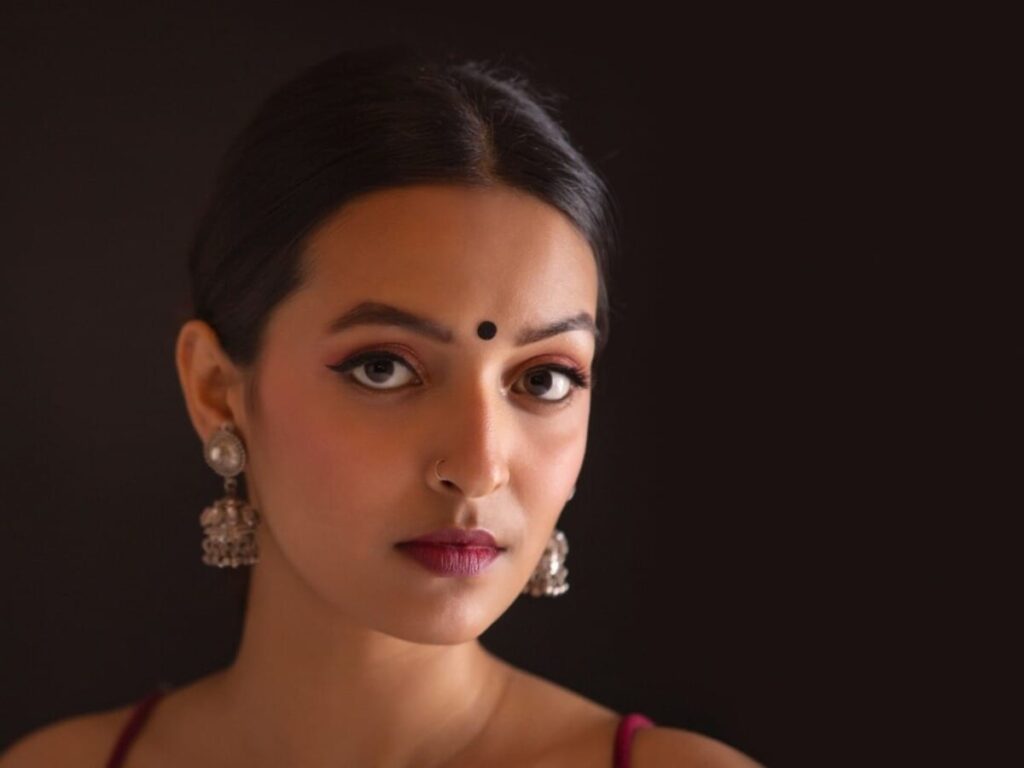Introduction
The bindi, a traditional decorative mark worn on the forehead, holds significant cultural and aesthetic value in many South Asian communities. Beyond its cultural symbolism, the placement of a bindi can dramatically influence an individual’s facial appearance. Different face shapes, such as oval, round, square, and heart, can be enhanced or softened based on the position of the bindi. This article explores how various bindi placements affect facial perception and offers guidance on choosing the right bindi position for different face shapes.
Understanding Face Shapes
Before delving into the significance of bindi placement, it’s essential to understand the primary face shapes. Each shape has distinct features that can be complemented or balanced by strategically positioning a bindi.
Common Face Shapes
| Face Shape | Description |
|---|---|
| Oval | Longer than it is wide with a gently rounded jawline. |
| Round | Equal length and width with full cheeks and a soft chin. |
| Square | Strong jawline with a broad forehead and equal length and width. |
| Heart | |
| Rectangle | Long and narrow, similar to the square shape but with a longer face. |
Bindi Position and Its Effects
The position of the bindi can accentuate or soften the features of various face shapes. Below is a guide on how to place the bindi based on specific face shapes:
1. Oval Face Shape
For individuals with an oval face, bindi placement is quite versatile. A bindi can be placed at the center of the forehead or slightly above the eyebrows to enhance natural symmetry and balance.
2. Round Face Shape
To elongate a round face, position the bindi slightly higher on the forehead and opt for a longer and narrow bindi design. This placement can create an illusion of height and balance the roundness of the face.
3. Square Face Shape
A square face benefits from a bindi placed closer to the eyebrows, using a round or dot-shaped design. This softens the strong jawline and brings attention upward, giving the appearance of a narrower face.
4. Heart Face Shape
For heart-shaped faces, place the bindi slightly lower on the forehead, closer to the eyebrows. A diamond or teardrop shape can help balance the broader forehead and narrower chin.
5. Rectangle Face Shape
Individuals with a rectangle face should consider a bindi placed in the center or slightly higher, using an elongated design to draw eyes upward, creating the illusion of a shorter and more balanced face.
Conclusion
The bindi is not just a cultural accessory; it can also serve as an effective tool to enhance one’s facial appearance based on face shape. By understanding how different placements affect visual perception, individuals can make informed decisions about their bindi positioning to achieve the desired aesthetic effect. Ultimately, it’s about celebrating individuality while harmonizing personal style with facial features.
